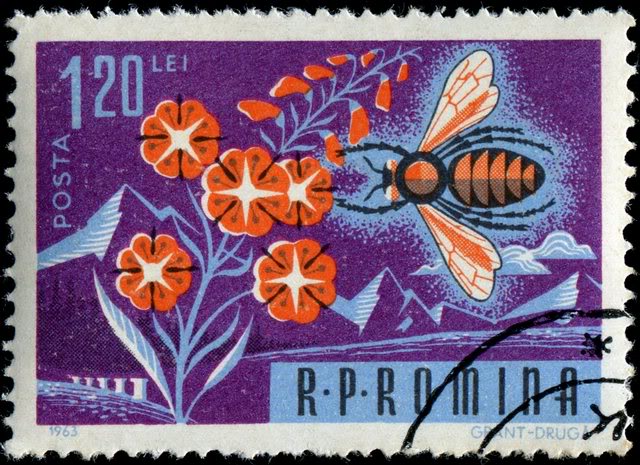There is mounting evidence of pollinator decline all over the world and consequences in many agricultural areas could be significant. We assessed these consequences by measuring 1) the contribution of insect pollination to the world agricultural output economic value, and 2) the vulnerability of world agriculture in the face of pollinator decline. We used a bioeconomic approach, which integrated the production dependence ratio on pollinators, for the 100 crops used directly for human food worldwide as listed by FAO. The total economic value of pollination worldwide amounted to €153 billion, which represented 9.5% of the value of the world agricultural production used for human food in 2005. In terms of welfare, the consumer surplus loss was estimated between €190 and €310 billion based upon average price elasticities of − 1.5 to − 0.8, respectively. Vegetables and fruits were the leading crop categories in value of insect pollination with about €50 billion each, followed by edible oil crops, stimulants, nuts and spices.
The production value of a ton of the crop categories that do not depend on insect pollination averaged €151 while that of those that are pollinator-dependent averaged €761. The vulnerability ratio was calculated for each crop category at the regional and world scales as the ratio between the economic value of pollination and the current total crop value. This ratio varied considerably among crop categories and there was a positive correlation between the rate of vulnerability to pollinators decline of a crop category and its value per production unit. Looking at the capacity to nourish the world population after pollinator loss, the production of 3 crop categories – namely fruits, vegetables, and stimulants - will clearly be below the current consumption level at the world scale and even more so for certain regions like Europe.
Source:
Nicola Gallai, Jean-Michel Salles, Josef Settele, Bernard E. Vaissière.
Ecological Economics 02/2009; 68(3):810-821. DOI:10.1016/j.ecolecon.2008.06.014
http://www.researchgate.net/publication/23647989_Economic_valuation_of_…

- Log in to post comments
